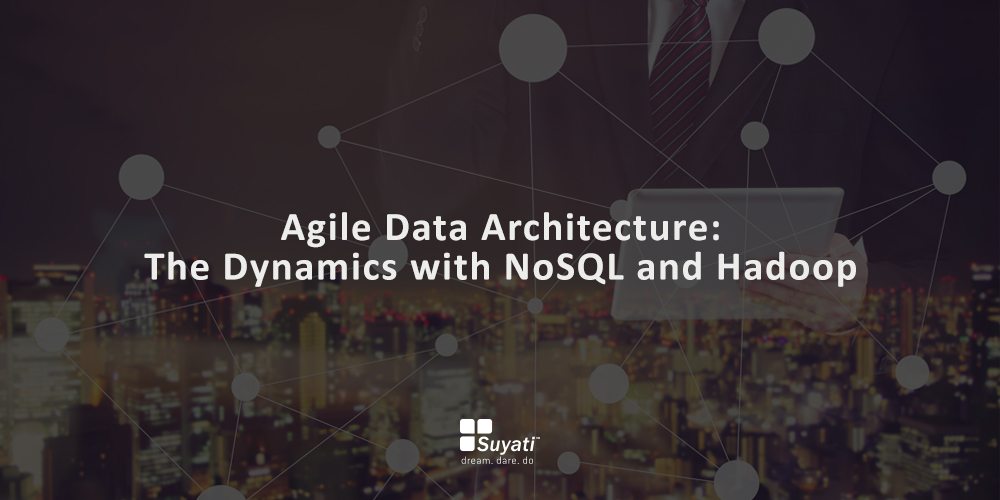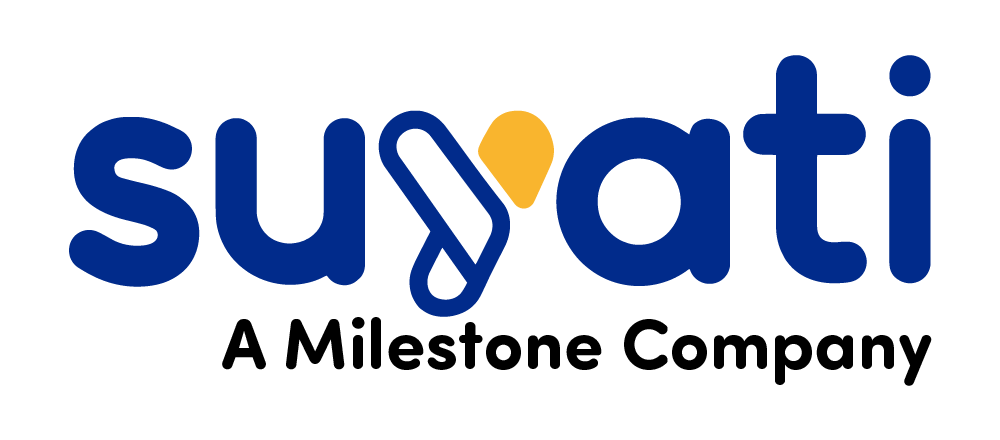Going Agile on NoSQL and Hadoop
Over the last few years, digital transformation has become a crucial component in measuring success of any organization. Today’s technosphere is marked with consistent changes. In the face of a more tech-evolved competitors, organizations have to consciously keep track of their digital assets to attract loyal customers.
Agile development model provides a framework to further the process of digital transformation. Apart from using Scrum and implementing Kanban, the agile development model sets up DevOps team. This concept simply extends agile principle beyond the boundaries of “the code” to the entire service delivery process.
Agile Data Architecture
Geared by the value of interaction, customer collaboration, working software and effective response to changes, the agile methodology can be applied to different fields.
How does it affect the Big Data? When we apply the agile method, data begins to be perceived as a living entity. The received real-time data is continually refined to produce actionable insights for companies.
In a survey response that involved 230 respondents, from Big Data industry, it was observed that 43% believe cooperation with the customer to be vital for managing Big Data, and another 41% held that communication must be the priority. As both these factors are critical to agile methodology and Big Data management, this survey indicates that the agile method is a fertile ground to work with Big Data.
NoSQL + Agile Data
Relational database management stands as most secure option till date. However, they are not designed to handle the diverse workloads of our century. This has created a need to design and adopt new models like NoSQL. NoSQL is a family of non-relational architecture that stores document data in readable form rather than rows and columns.
Pros of NoSQL:
- Building a JSON document does not necessarily require technical staff
- Developers can also store any form of data, without rigorous pre-planning
- Developers can test data changes continually
- It is flexible and ideal for data that is unstructured and constantly changing
Cons of NoSQL:
Currently, NoSQL deployments are largely employed in the marginal activities, which do not play a large part in mission-critical applications. In most of the companies, NoSQL is running alongside the existing RDBMS structures. When one chooses non-relational database management, they are bound to miss out on some benefits of relational database models.
- The probability of data redundancy and the data going out-of-sync is higher in NoSQL
- There is no data verification specific to NoSQL. One might have to confront inconsistent or invalid data unless there is data validation in their application; and
- JSON cannot be used comfortably where fixed data-structure is the requirement.
Hadoop + Agile Data
Part of the Apache project, Hadoop is an open-source framework which is based on Java and supports processing, storing of vast data-sets in a distributed computing atmosphere. In short, it is an ecosystem of software that permit large chunks of parallel computing. Hadoop has benefits which place it as an ideal companion for working with Big Data: processes which might take about 25 hours on a relational database system, is handled in a short time within the Hadoop cluster of servers.
Pros of Hadoop
- It has the ability to store huge amounts of different kinds of data
- The computing power of Hadoop is designed to deal with Big Data conveniently
- Hadoop protects the database against hardware failure by redirecting the tasks within a node to another to ensure consistent computing; and
- Hadoop is open-source, therefore can be expanded by adding nodes to handle more data
Cons of Hadoop
- Data security remains a concern, though new technologies like Kerberos authentication protocols are making safer routes
- Hadoop does not include a full-featured toolbox for standardizing and managing quality data
Can Hadoop and NoSQL handle Big Data?
Ink to the story of future technology is Big Data and with widespread adoption of Hadoop and NoSQL, one of the pertinent concerns is whether they can handle Big Data smoothly. Those who specialize in these technologies remark that they are more than adequate to handle Big Data and rarely have there been any data too complicated or not scalable for them. Cloudera’s Olson stated that “Large-scale web serving apps run very well on NoSQL, whereas analytic and large-scale processing apps run very well on Hadoop, and, of course, there’s some overlap.”
The emerging trend among consumers is to interact with data, not simply as statistics and numbers but as live information. More and more applications are being backed up by NoSQL: ranging from support to financial services’ transactions to back-end consumer apps. In case of Hadoop, data analytics has been the main focus. However, there are indications of it flourishing into other areas as well. Earlier, the major use of Hadoop was in dealing with large amount of data within analysis and reporting field. Now, we see the integration of analytics throughout various units of a business to derive value on larger scale.
What do we need to fix?
The glue to a masterwork in agile data architecture is collaborative power of the people involved. The first step is to make the goals clear on carrying out the transition. Apart from the management level support, it is critical for people working on a project to track them. Having a team dedicated towards constructing a project plan, with well-established goals and milestones is significant. In a piece on agile data architecture, Joe McKendrick (a writer with Database) remarks: “Success with agile database architectures requires ‘raw material’ in the form of data, ‘energy’ in terms of being able to apply multiple types of analytics.” For companies looking to adopt Hadoop or NoSQL, this is a revolutionary time to shift and they must remember that when it comes to technology, revolution means a change in the culture of business and time for an evolutionary step ahead!
How has the experience of your company been with Hadoop/NoSQL? Write to us. Check out Suyati’s work on Agile Data Architecture and the move towards digital transformation!
Related blogs:
- Advantages of using the Agile method in Software Development
- A Guide to Implementing Digital Transformation in Enterprises
- 4 Big Data Insights from NoSQL World

